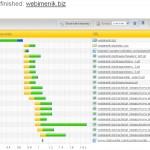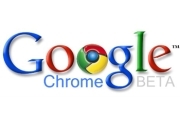 All these latest Google Search algorithm changes are making our visitor stats going wild both ways. The most important thing many webmasters forget to check after building a website is it’s loading speed. So many of them loading over 4 sec., even those with basic WordPress installation.
All these latest Google Search algorithm changes are making our visitor stats going wild both ways. The most important thing many webmasters forget to check after building a website is it’s loading speed. So many of them loading over 4 sec., even those with basic WordPress installation.
(try W3 Total Cache plugin).
I was dismissing Google algorithm changes at first, until I saw the stats for one of our websites; http://webimenik.biz to be exact. Website visits fell to over year and a half old averages. When I checked loading time it was obvious, WebImenik load time was over 5 sec. and first 3 was taken by CPU getting necessary data to show the front page.
So I’ve sat down and built Caching support which made our website faster by 50% and with few other tweaks like merging css files, minifying and compressing javascript it got to 60% improvement in speed. I could do it much more better but that requires too much time. Your visitors and Google will be thankful just with the basic tweaks (15min job), now get to work! ;)
Great online tool for checking website speed: http://tools.pingdom.com
 Google Krom, as we would say it on Croatian. It’s a new web browser from Google factory. There are many things I can say about it, lots of likes and dislikes so I’d rather wait a month or two for them to upgrade the product then saying anything smart here.
Google Krom, as we would say it on Croatian. It’s a new web browser from Google factory. There are many things I can say about it, lots of likes and dislikes so I’d rather wait a month or two for them to upgrade the product then saying anything smart here.